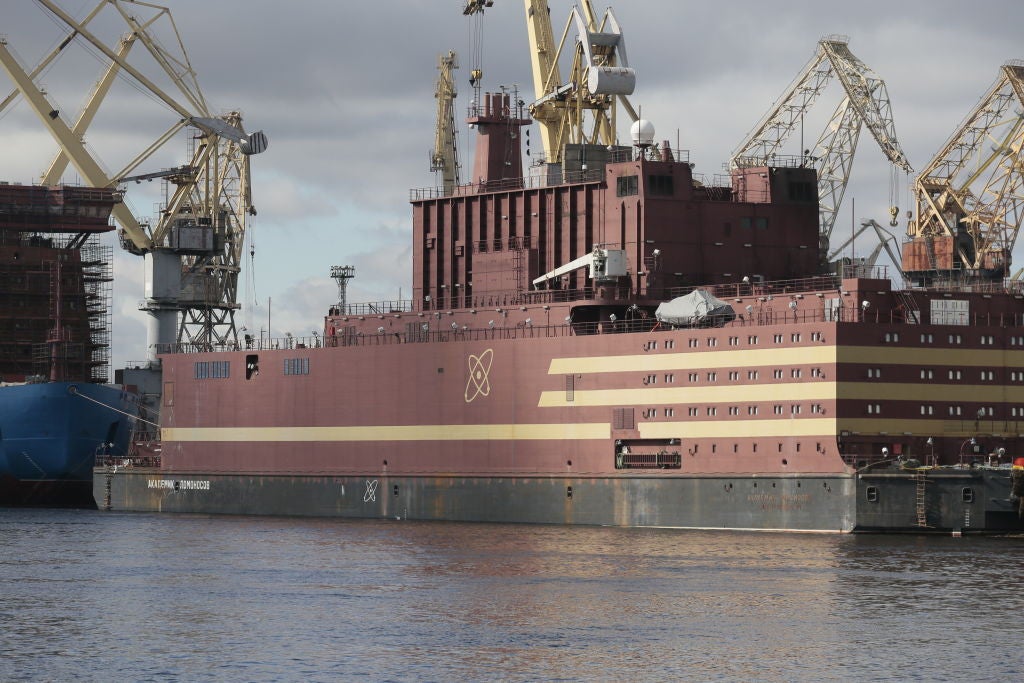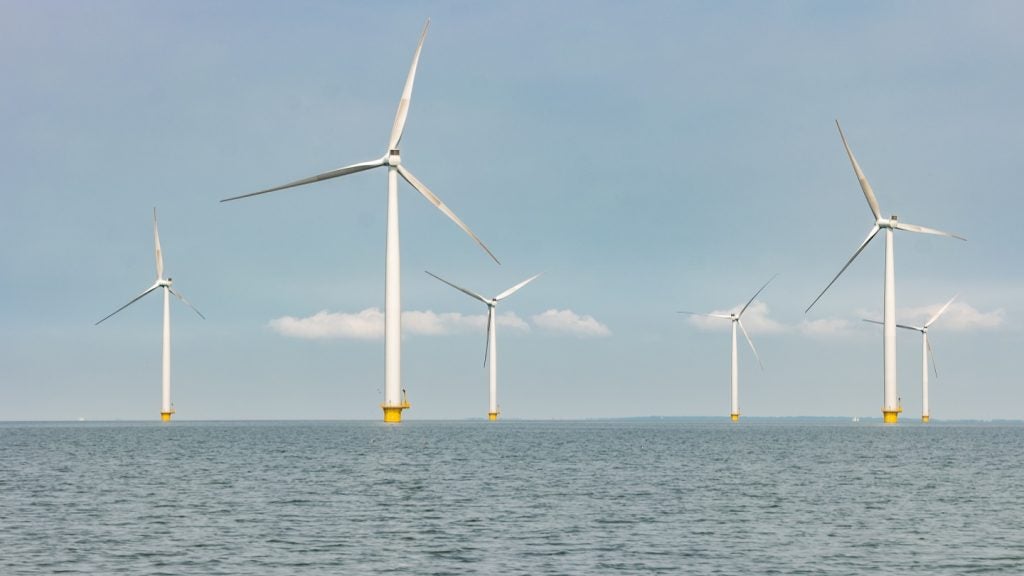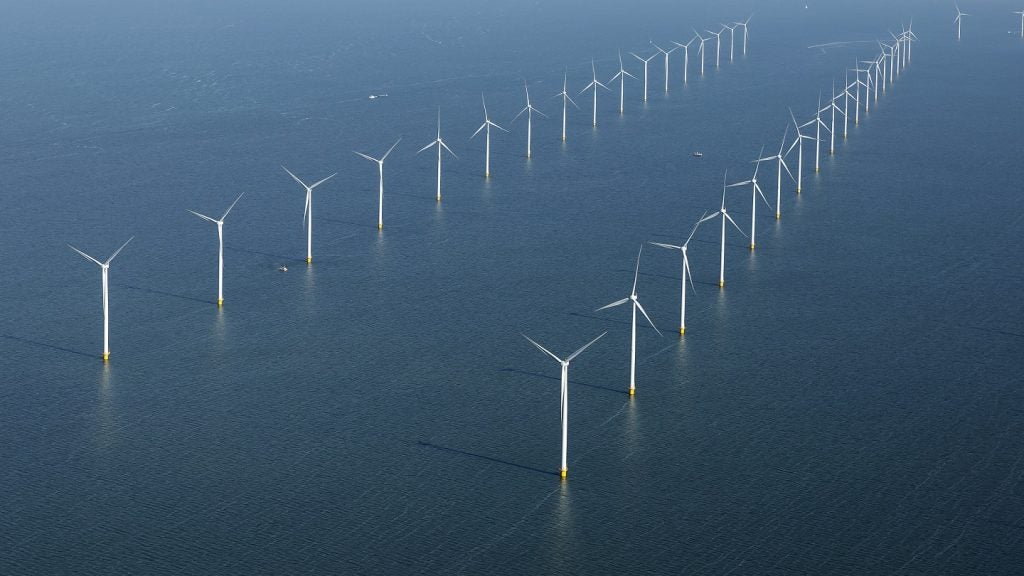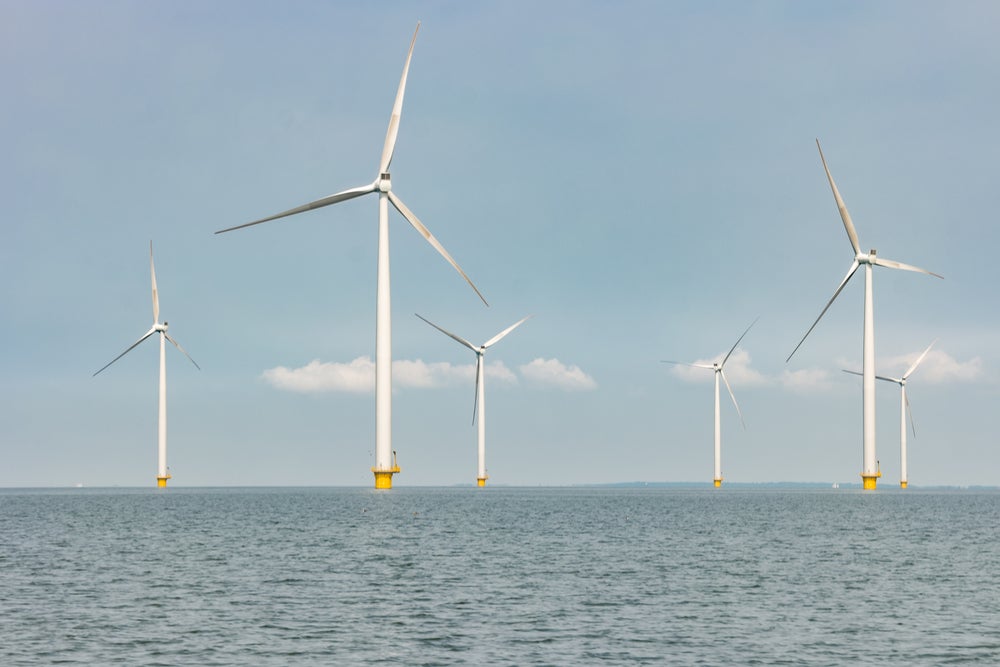The Baimsky project’s first of four floating nuclear power plants are set to be commissioned in 2028, according to Vladimir Aptekarev, the deputy head of Rosatom’s engineering division. The plants will supply energy to mining projects in the Chukotka Autonomous Okrug.
In the Chukotka Autonomous Okrug, a mining and processing plant for copper is currently being constructed. It will derive its power from the floating power plant.
The investments required for the project are estimated to be 900bn Rubles ($10bn).
The mine’s annual ore processing capacity is expected to be 70m tonnes, with the field estimated to contain 9.9m tonnes of copper and 16.6m ounces of gold.
The floating nuclear power plant will be specifically designed for operation in the far north and the far east of Russia. The plant will be made up of RITM-200S reactors that have a service life of 40 years, needing to be refuelled every five years. Rigid mooring devices will hold the units in place to mitigate the ebb and flow of the water on which the units will sit. 50 high-voltage cables will transmit the power generated to shore.
RITM type reactors are used in a series of low-power power plants. Two RITM-200 reactors are being used in the icebreaker project and are currently operating on the North Sea route.
The world’s first floating nuclear power plant is in Pevek in the Chukotka region of northeast Russia. The plant, named Akademik Lomonosov, supplies heat and power to the town and is based on two KLT-40S reactors generating 35MW each.
Akademik Lomonosov became operational in December 2019. At the time, the reactor was seen as a pilot project for a future fleet of floating nuclear power plants and onshore installations based on Russian-made small modular reactors.
Due to their functionality, they are intended for deployment in disparate areas of Russia’s north and far-east.















